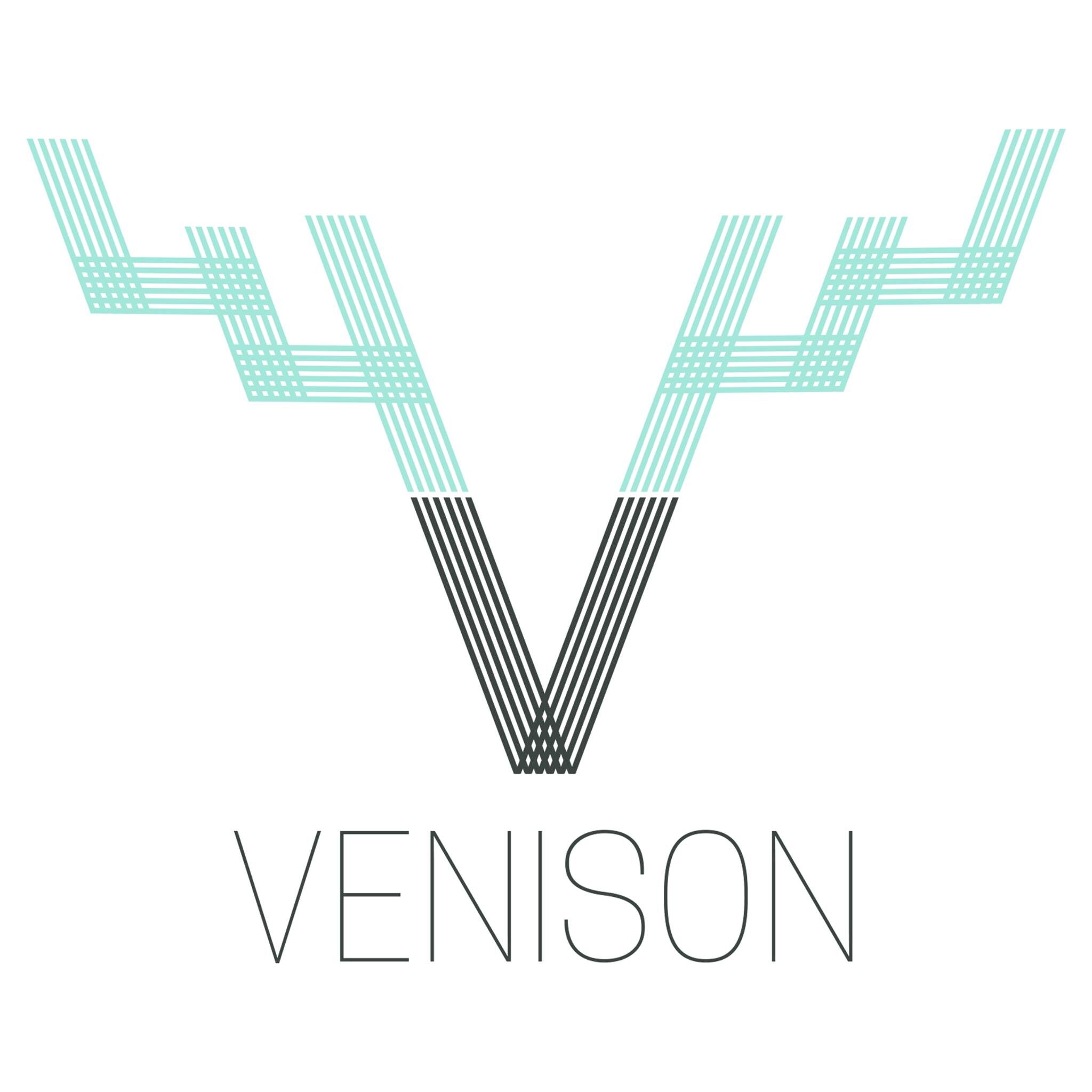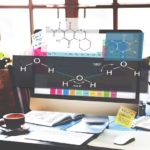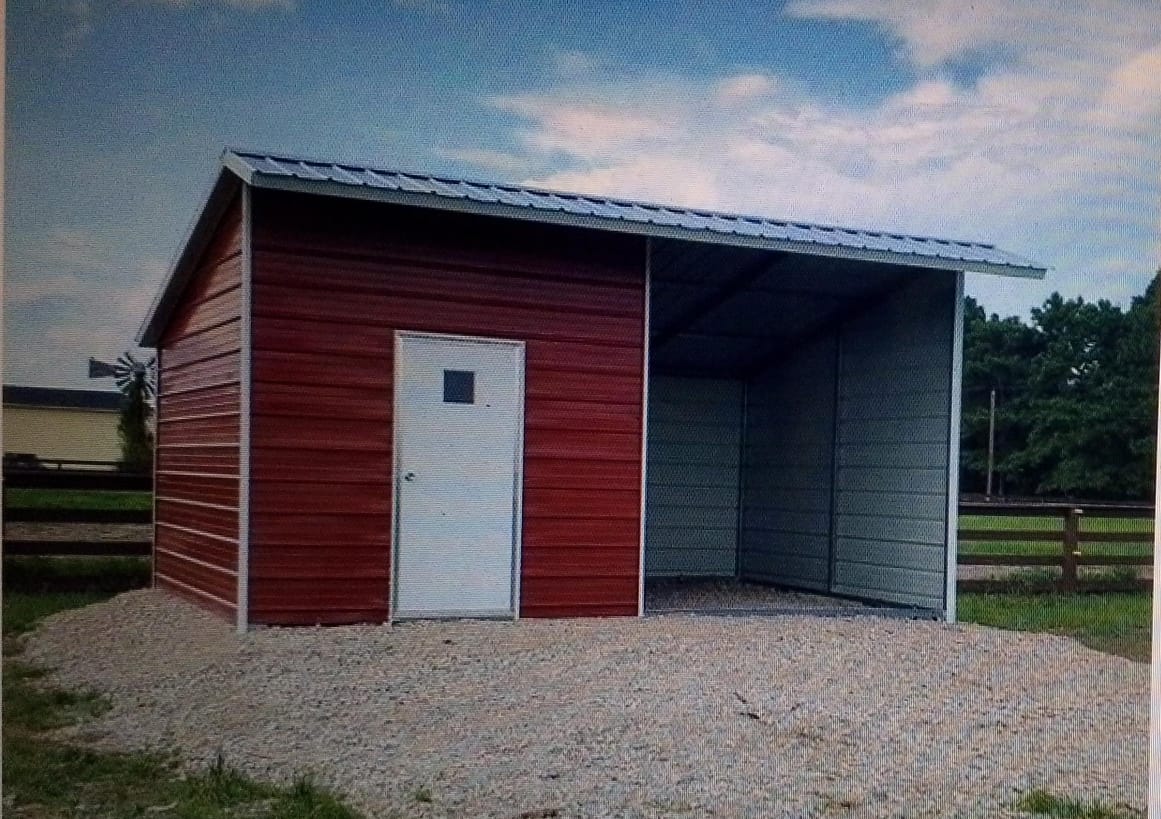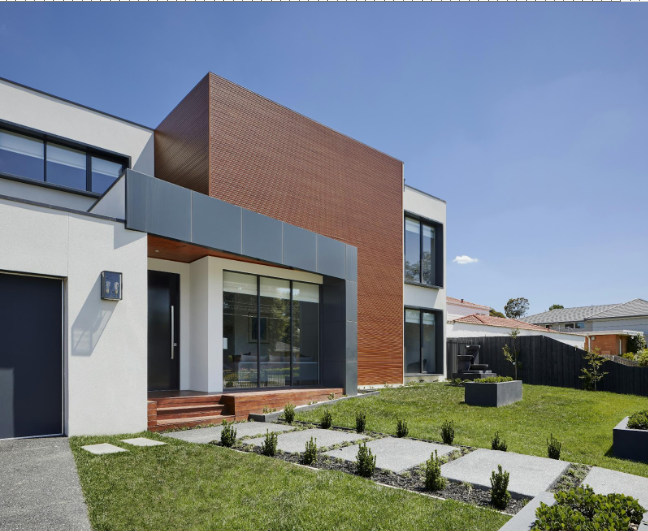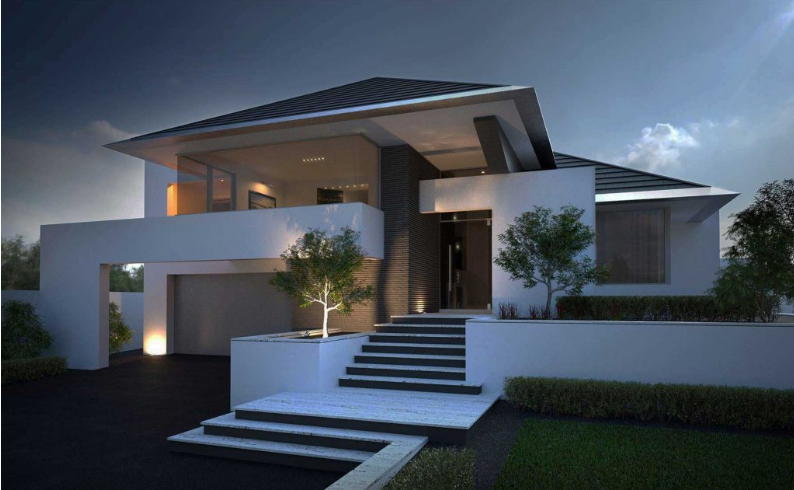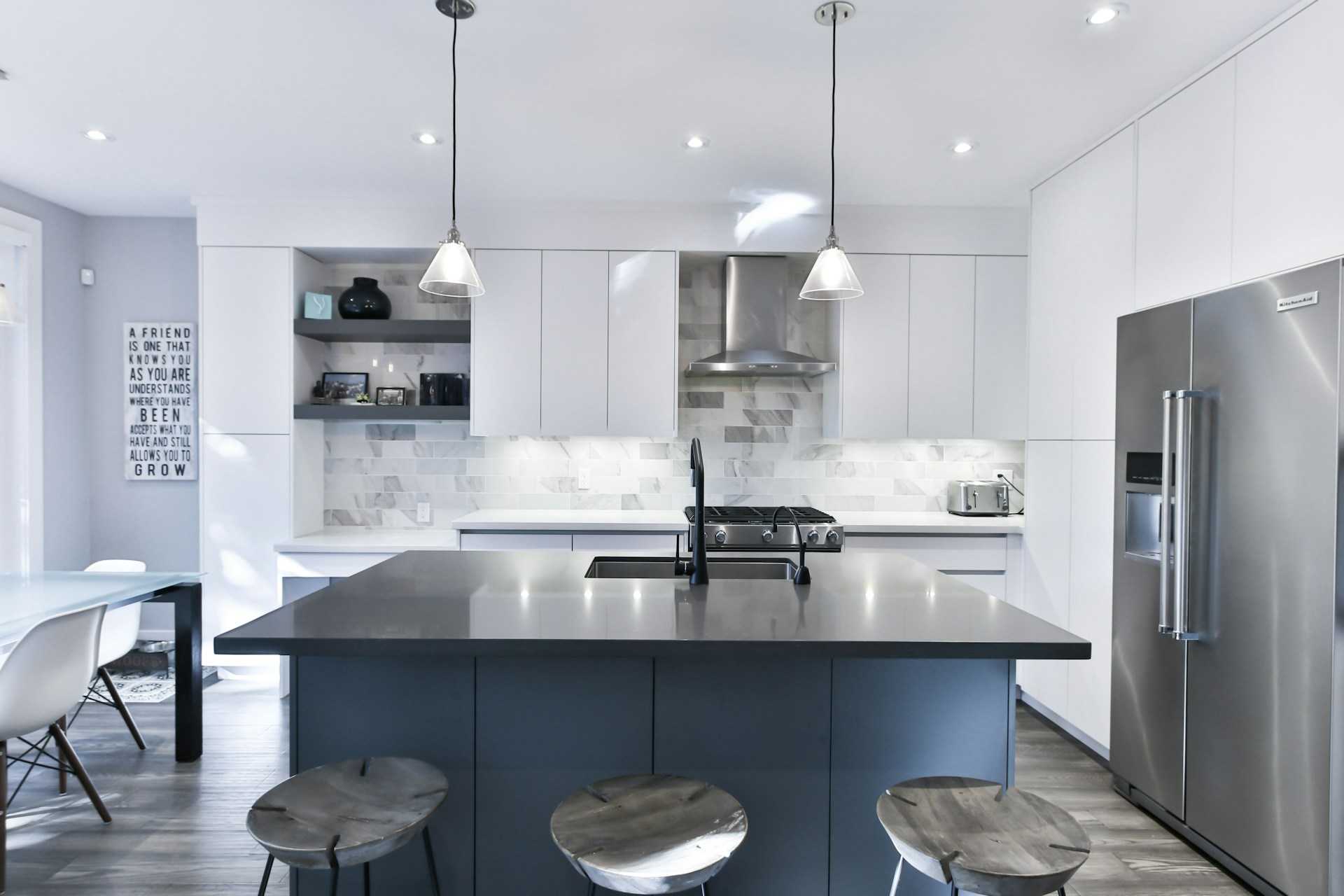Metal buildings have become increasingly popular for use as workshops, garages, man caves, and farm equipment storage. They offer durability, cost efficiency, and easy customization compared to traditional wood structures. However, to maximize their lifespan and protect your investment, regular maintenance is essential.
Whether you use your metal building for work, play, or storage, keeping it in top condition will ensure it remains sturdy and functional for years. Below are some key maintenance tips to help you safeguard your metal building from wear and tear, weather damage, and long-term deterioration.
1. Perform Regular Inspections
Routine inspections can help identify potential problems before they turn into costly repairs. At least twice a year, walk around your building and look for:
- Rust or corrosion – Check metal panels, fasteners, and supports for signs of rust.
- Loose or missing fasteners – Screws, bolts, and rivets can loosen over time due to temperature fluctuations and wind.
- Gaps or leaks – Inspect the seams and joints to ensure there are no openings where moisture can seep in.
- Structural damage – Look for bent or dented panels that could compromise the building’s integrity.
If you notice any of these issues, address them immediately to prevent further damage.
2. Keep the Roof in Good Condition
The roof is one of the most vulnerable parts of a metal building, as it takes the brunt of the elements. Regularly inspect and maintain it by:
- Clearing debris – Leaves, branches, and dirt can collect on the roof, leading to moisture buildup and rust.
- Checking for leaks – Water stains on the ceiling or walls may indicate a leak that needs sealing.
- Ensuring proper drainage – Gutters and downspouts should be clear of debris to prevent water from pooling.
Consider applying a protective coating to the roof to extend its lifespan and improve resistance to the elements.
3. Prevent Rust and Corrosion
Rust is one of the biggest threats to metal buildings, especially in humid or coastal regions. To minimize the risk:
- Apply a protective coating – Paint or a rust-inhibiting sealant can help shield the metal from moisture.
- Clean up standing water – Puddles around the foundation or on the roof can accelerate corrosion.
- Use galvanized fasteners – Stainless steel or galvanized screws and bolts resist rust better than regular metal ones.
If rust appears, sand it down and apply a rust-resistant primer and paint to stop it from spreading.
4. Keep the Interior Dry and Well-Ventilated
Moisture buildup inside a metal building can lead to mold, mildew, and rust. Proper ventilation is key to maintaining a dry interior.
- Install vents or fans – Ridge vents, exhaust fans, or louvered vents help air circulate and reduce humidity.
- Use a dehumidifier – In especially humid climates, a dehumidifier can prevent condensation buildup.
- Store items off the floor – Keeping tools, equipment, and materials on shelves or pallets reduces the risk of moisture damage.
If your building is used as a man cave or workshop, insulating the walls and ceiling can also help regulate temperature and reduce condensation.
5. Protect Against Pests
Rodents, birds, and insects can cause damage by chewing on wiring, nesting in insulation, or leaving behind waste that leads to corrosion. To keep pests out:
- Seal gaps and cracks – Use caulk or foam sealant to close off entry points.
- Keep the area clean – Avoid leaving food or trash inside the building.
- Install screens on vents – Mesh screens prevent birds and insects from entering through ventilation openings.
If you notice signs of pest activity, take action immediately to prevent an infestation.
6. Maintain the Foundation and Surrounding Area
A stable foundation is critical to the longevity of your metal building. Over time, ground shifting, erosion, and water damage can weaken the foundation.
- Check for cracks – Inspect the concrete slab for any cracks or settling that could affect stability.
- Ensure proper drainage – Water should be directed away from the building to prevent foundation erosion.
- Trim vegetation – Keep grass, bushes, and trees trimmed to prevent moisture retention and pest infestations.
By keeping the foundation in good condition, you’ll prevent structural issues that could compromise the building’s safety.
7. Clean the Exterior Regularly
Dirt, grime, and pollutants can accumulate on the exterior and contribute to corrosion. Cleaning your metal building periodically helps maintain its appearance and integrity.
- Use a mild detergent and water – Avoid harsh chemicals that could damage the protective coating.
- Power wash when necessary – A pressure washer can remove tough dirt and stains, but use a low setting to prevent damage.
- Inspect after storms – Strong winds, hail, and heavy rain can leave behind dirt and debris that should be cleaned up quickly.
A clean building not only looks better but is also easier to inspect for potential issues.
8. Secure Doors and Windows
Doors and windows are common weak points in metal buildings. To keep them functioning properly:
- Check seals and weatherstripping – Replace worn-out seals to prevent drafts and moisture intrusion.
- Lubricate hinges and tracks – Garage doors, roll-up doors, and entry doors should be lubricated regularly to prevent sticking.
- Ensure locks are working – A secure building protects valuable equipment and belongings from theft.
Regular maintenance of doors and windows will help keep your building energy-efficient and secure.
Conclusion
A well-maintained metal building in Sacramento can provide decades of reliable use, whether it’s a workshop, garage, man cave, or farm equipment storage. By conducting regular inspections, preventing rust, ensuring proper drainage and ventilation, and keeping pests at bay, you’ll protect your investment and avoid costly repairs.
With just a little effort and consistent upkeep, your metal building will remain a functional and durable space for years to come.
